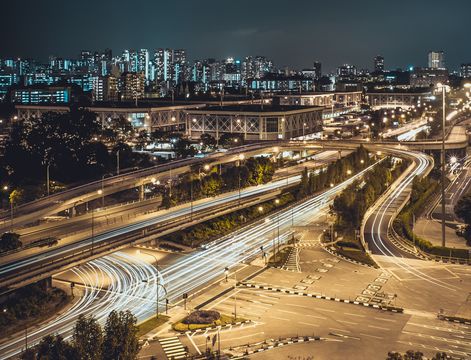Your electric car as a small power plant?
We explained how that works in a short video on RTL7 Green Project on Dutch television on 1st April 2018.
You missed to turn on television when the video was broadcasted? No worries, here we have the English subtitled version for you. You can further find the full Green Project programme (in Dutch) here.
No time to watch the video? Here is a little summary for you:
For 90% of the time cars are not actually driving. For electric cars that means their batteries are not used and can potentially serve for other means. PowerParking pilot project at Lelystad Airport in the Dutch region Flevoland makes use of this fact and integrates parked electric vehicles into the energy system by utilising their batteries as energy storage facilities. This becomes handy since renewable energy, in particular solar energy, is not produced during energy demand peaks but during daytime, when demand is low.
So what’s the idea of PowerParking? You park your electric car next to a solar producing site or even under a solar panel covered carport. During the time the car is parked, its battery is used as storage facility for solar produced energy during times of low demand. Likewise, energy will be drawn from the battery, when most needed e.g. for the energy supply of surrounding building during high demand hours. But don’t worry, the driver won’t find her car empty by the time she wants to get on the road again. By pre-programming its return, the battery will be loaded and the car ready for travel. That way, the car’s battery functions as a micro power plant and can optimise the use of renewable energy and thereby contribute to sustainability goals.
Power Parking is just one out of many good practices (GPs) our project looked at and analysed concerning their replication potential in other regions. Check out further good practices in the GP section of this website or directly on the Interreg Europe Policy Learning Platform.














